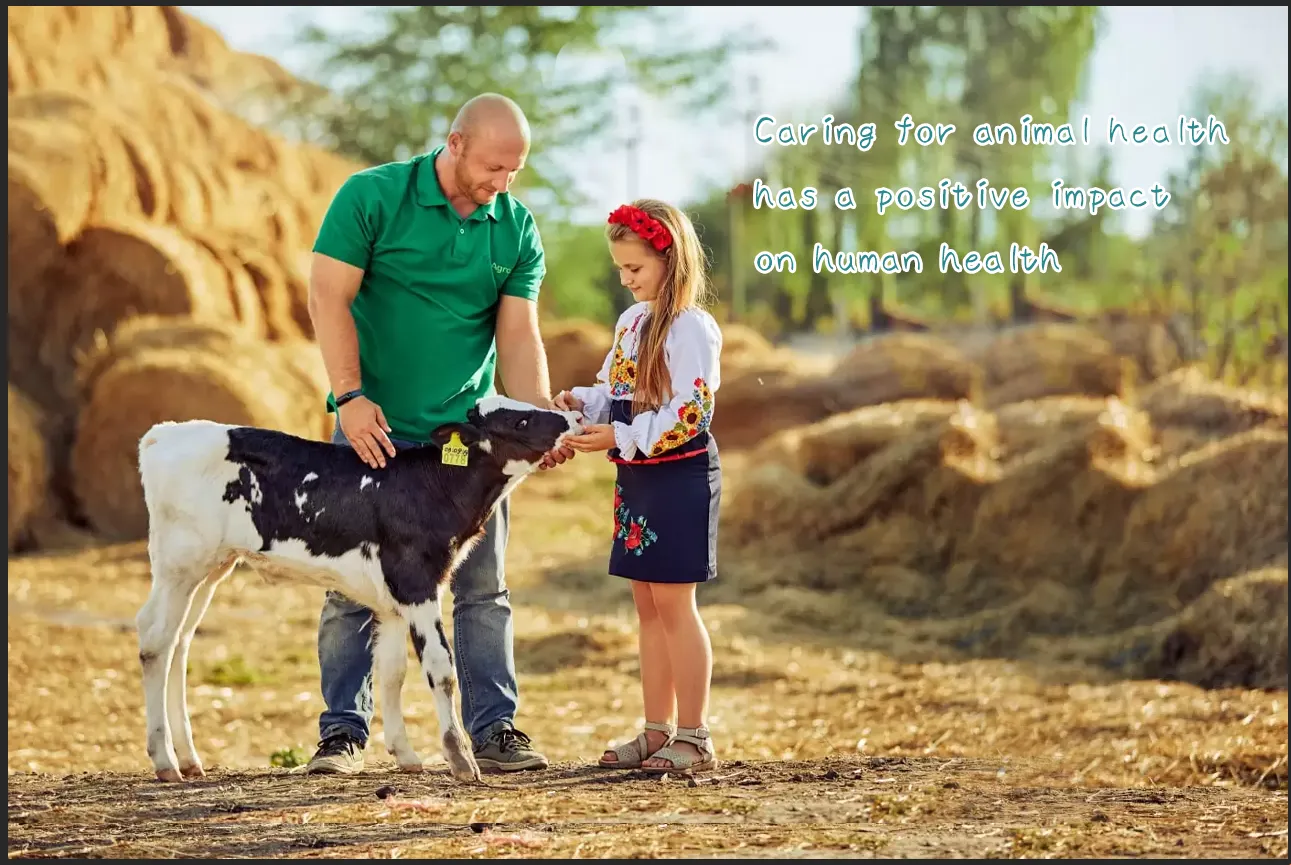- Afrikaans
- Albanian
- Amharic
- Arabic
- Armenian
- Azerbaijani
- Basque
- Belarusian
- Bengali
- Bosnian
- Bulgarian
- Catalan
- Cebuano
- Corsican
- Croatian
- Czech
- Danish
- Dutch
- English
- Esperanto
- Estonian
- Finnish
- French
- Frisian
- Galician
- Georgian
- German
- Greek
- Gujarati
- Haitian Creole
- hausa
- hawaiian
- Hebrew
- Hindi
- Miao
- Hungarian
- Icelandic
- igbo
- Indonesian
- irish
- Italian
- Japanese
- Javanese
- Kannada
- kazakh
- Khmer
- Rwandese
- Korean
- Kurdish
- Kyrgyz
- Lao
- Latin
- Latvian
- Lithuanian
- Luxembourgish
- Macedonian
- Malgashi
- Malay
- Malayalam
- Maltese
- Maori
- Marathi
- Mongolian
- Myanmar
- Nepali
- Norwegian
- Norwegian
- Occitan
- Pashto
- Persian
- Polish
- Portuguese
- Punjabi
- Romanian
- Russian
- Samoan
- Scottish Gaelic
- Serbian
- Sesotho
- Shona
- Sindhi
- Sinhala
- Slovak
- Slovenian
- Somali
- Spanish
- Sundanese
- Swahili
- Swedish
- Tagalog
- Tajik
- Tamil
- Tatar
- Telugu
- Thai
- Turkish
- Turkmen
- Ukrainian
- Urdu
- Uighur
- Uzbek
- Vietnamese
- Welsh
- Bantu
- Yiddish
- Yoruba
- Zulu
Oktoba . 11, 2024 00:40 Back to list
Injectable Ivomec for Cattle Use and Application Guide
Ivermectin for Cattle An Essential Injectable Solution
The livestock industry plays a crucial role in the global economy, and the health of cattle is paramount for productivity and profitability. Among the various veterinary medicines available, Ivermectin for cattle stands out as an essential injectable solution for controlling parasitic infestations. This article explores the benefits, administration, and considerations regarding the use of Ivermectin in cattle.
Understanding Ivermectin
Ivermectin is a broad-spectrum antiparasitic agent that belongs to the class of drugs known as avermectins. It is particularly effective against a variety of internal and external parasites, including gastrointestinal worms, lungworms, and ectoparasites such as lice and mites. The drug works by disrupting the nervous system of parasites, leading to paralysis and death, thereby allowing livestock to regain their health and productivity.
Benefits of Ivermectin in Cattle
1. Wide Spectrum of Activity One of the biggest advantages of Ivermectin is its ability to target multiple types of parasites, which is crucial for comprehensive herd health management. This broad activity helps reduce the burden of parasitic diseases that can compromise cattle growth, reproduction, and overall wellbeing.
2. Ease of Administration Ivermectin is available in various forms, including injectable solutions, pour-on, and oral formulations. The injectable form is often preferred for its rapid absorption and effectiveness, allowing for quicker relief from infestations. Administering Ivermectin via injection ensures an accurate dose and minimizes the risk of under-treatment.
3. Long-Lasting Effects Ivermectin provides an extended duration of action, which means that a single injection can protect cattle from reinfection for several weeks to months, depending on the specific parasites being targeted. This prolonged efficacy reduces the need for frequent treatments, saving time and labor costs for farmers.
4. Improved Weight Gain and Productivity By effectively controlling parasitic infections, Ivermectin helps to enhance feed efficiency and weight gain in cattle. Healthy cattle are more productive, resulting in better meat and milk yields, which is essential for economic viability in the livestock sector.
Administration Guidelines
Administering Ivermectin safely and effectively requires adherence to specific guidelines
ivomec for cattle injectable

- Dosage The recommended dosage of Ivermectin varies based on the formulation and the weight of the cattle. It is crucial to follow the manufacturer’s instructions to ensure optimal effectiveness while avoiding under or overdosing.
- Injection Techniques Ivermectin should ideally be administered intramuscularly or subcutaneously, depending on the formulation used. Proper handling and hygiene practices are essential to prevent infection at the injection site.
- Withholding Periods Farmers must be aware of the withholding periods for both meat and milk following Ivermectin administration. This period ensures that drug residues do not remain in the food supply, safeguarding consumer health.
Safety and Considerations
While Ivermectin is generally safe for cattle, there are important considerations to keep in mind
- Age and Weight Restrictions The use of Ivermectin in very young or underweight animals should be approached with caution. Veterinary consultation is often recommended to determine the suitability of treatment for specific animals.
- Monitor for Side Effects Although rare, some cattle may exhibit side effects ranging from mild to severe post-administration. Observing animals for any adverse reactions is prudent, enabling prompt veterinary intervention if needed.
- Resistance Management Just like with other antiparasitic drugs, the risk of developing resistance to Ivermectin exists. To mitigate this risk, it is advisable to rotate antiparasitic drugs and incorporate alternative management strategies, such as pasture rotation and helminth control programs.
Conclusion
Ivermectin for cattle represents a fundamental tool in the arsenal of livestock health management. Its broad effectiveness against a variety of parasites, coupled with ease of administration and long-lasting results, makes it an invaluable resource for farmers. By utilizing Ivermectin responsibly and following guidelines, cattle producers can enhance animal health, improve productivity, and contribute to the sustainability of the livestock industry. As with any veterinary treatment, collaboration with a veterinarian can optimize treatment protocols and ensure the best outcomes for cattle health.
-
Guide to Oxytetracycline Injection
NewsMar.27,2025
-
Guide to Colistin Sulphate
NewsMar.27,2025
-
Gentamicin Sulfate: Uses, Price, And Key Information
NewsMar.27,2025
-
Enrofloxacin Injection: Uses, Price, And Supplier Information
NewsMar.27,2025
-
Dexamethasone Sodium Phosphate Injection: Uses, Price, And Key Information
NewsMar.27,2025
-
Albendazole Tablet: Uses, Dosage, Cost, And Key Information
NewsMar.27,2025













